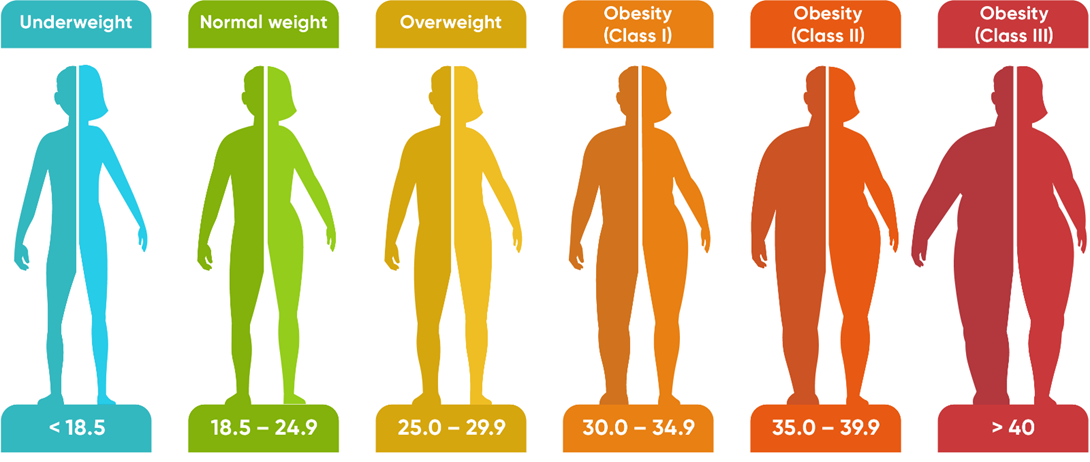A nurse on a medical surgical unit is caring for a client who has a small bowel obstruction and is receiving parenteral nutrition through a central venous catheter. Which of the following actions should the nurse plan to take? (Select all that apply)
Observe for dyspnea.
Infuse parenteral nutrition by gravity.
Administer parenteral nutrition solution within 30 min after removing from the refrigerator.
Change parenteral nutrition bag and infusion tubing every 72 hr.
Begin infusion of parenteral nutrition once central venous catheter position is confirmed by radiology.
Correct Answer : A,C,E
Choice A reason: Dyspnea is a sign of pulmonary edema, which can occur as a complication of parenteral nutrition due to fluid overload or allergic reaction¹². The nurse should monitor the client's respiratory status and oxygen saturation and report any signs of respiratory distress.
Choice B reason: Parenteral nutrition should not be infused by gravity, as this can cause fluctuations in the infusion rate and lead to hyperglycemia or hypoglycemia¹³. The nurse should use an infusion pump to deliver parenteral nutrition at a constant and controlled rate.
Choice C reason: Parenteral nutrition solution should be administered within 30 min after removing from the refrigerator, as prolonged exposure to room temperature can increase the risk of bacterial contamination and infection¹⁴. The nurse should check the expiration date and inspect the solution for any discoloration, cloudiness, or particulate matter before administration.
Choice D reason: Parenteral nutrition bag and infusion tubing should be changed every 24 hr, not every 72 hr, to prevent the growth of microorganisms and reduce the risk of infection¹⁵. The nurse should use aseptic technique when changing the bag and tubing and follow the facility's protocol for dressing changes and catheter care.
Choice E reason: Parenteral nutrition should be started only after the central venous catheter position is confirmed by radiology, as incorrect placement can cause serious complications such as pneumothorax, hemothorax, or cardiac tamponade¹⁶. The nurse should obtain a chest x-ray and wait for the provider's confirmation before initiating parenteral nutrition.
Nursing Test Bank
Naxlex Comprehensive Predictor Exams
Related Questions
Correct Answer is ["B","C"]
Explanation
Choice A reason: Nuts are not a complete protein, as they are low in the essential amino acid lysine¹. However, nuts can be combined with other plant-based foods, such as grains or legumes, to form a complete protein.
Choice B reason: Eggs are a complete protein, as they contain all nine essential amino acids in adequate amounts². Eggs are also a good source of protein, with about 6 grams per egg³.
Choice C reason: Poultry, such as chicken, turkey, or duck, is a complete protein, as it contains all nine essential amino acids in sufficient amounts⁴. Poultry is also a lean source of protein, with about 25 grams per 3-ounce serving.
Choice D reason: Legumes, such as beans, peas, or lentils, are not a complete protein, as they are low in the essential amino acid methionine. However, legumes can be combined with other plant-based foods, such as grains or nuts, to form a complete protein.
Choice E reason: Grains, such as wheat, rice, or oats, are not a complete protein, as they are low in the essential amino acid lysine. However, grains can be combined with other plant-based foods, such as legumes or nuts, to form a complete protein.
Correct Answer is B
Explanation
Choice A reason: Weight gain of 0.45 kg (1 lb) per week is not within the expected reference range for a client who is in the second trimester of pregnancy and has a normal BMI. The recommended weight gain for this client is 0.35 to 0.5 kg (0.8 to 1 lb) per week.
Choice B reason: Intake of 200 extra calories per day is within the expected reference range for a client who is in the second trimester of pregnancy and has a normal BMI. The recommended caloric intake for this client is 2200 to 2900 calories per day, which is about 340 to 450 calories more than the pre-pregnancy intake.
Choice C reason: Intake of 100 extra calories per day is not within the expected reference range for a client who is in the second trimester of pregnancy and has a normal BMI. The recommended caloric intake for this client is 2200 to 2900 calories per day, which is about 340 to 450 calories more than the pre-pregnancy intake.
Choice D reason: Weight gain of 0.91 kg (2 lb) per week is not within the expected reference range for a client who is in the second trimester of pregnancy and has a normal BMI. The recommended weight gain for this client is 0.35 to 0.5 kg (0.8 to 1 lb) per week.

Whether you are a student looking to ace your exams or a practicing nurse seeking to enhance your expertise , our nursing education contents will empower you with the confidence and competence to make a difference in the lives of patients and become a respected leader in the healthcare field.
Visit Naxlex, invest in your future and unlock endless possibilities with our unparalleled nursing education contents today
Report Wrong Answer on the Current Question
Do you disagree with the answer? If yes, what is your expected answer? Explain.
Kindly be descriptive with the issue you are facing.
